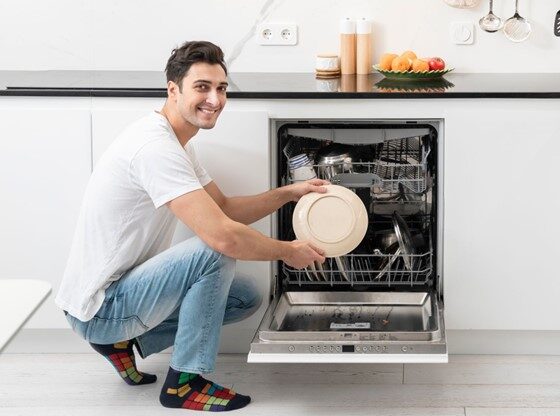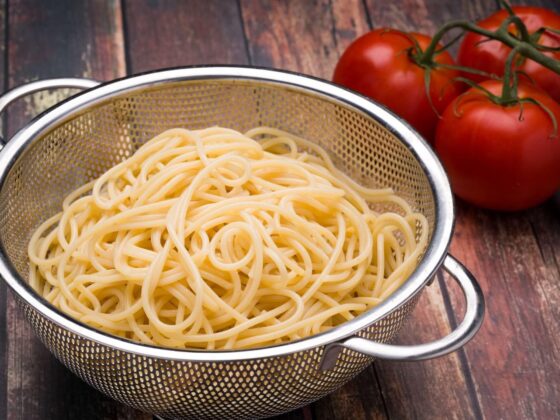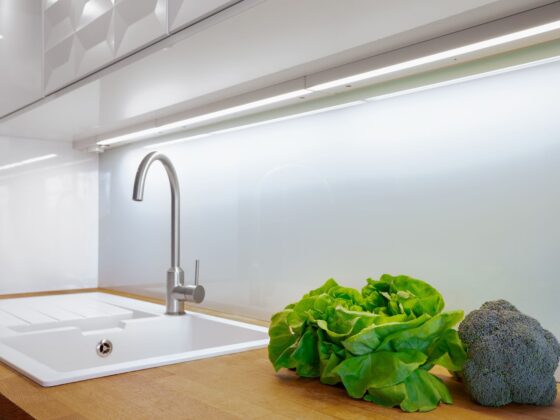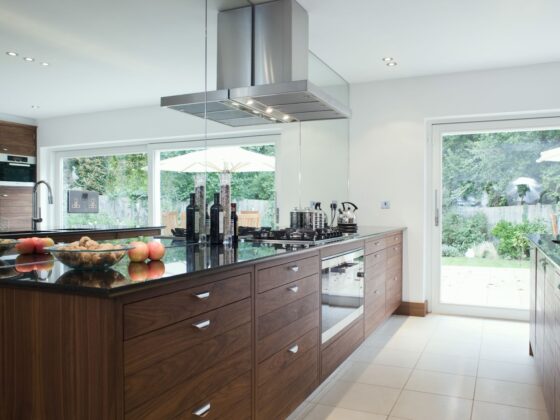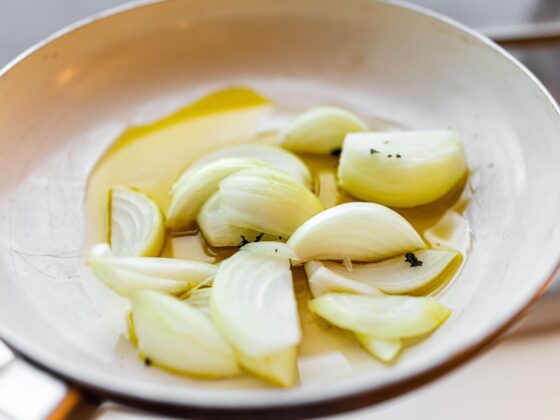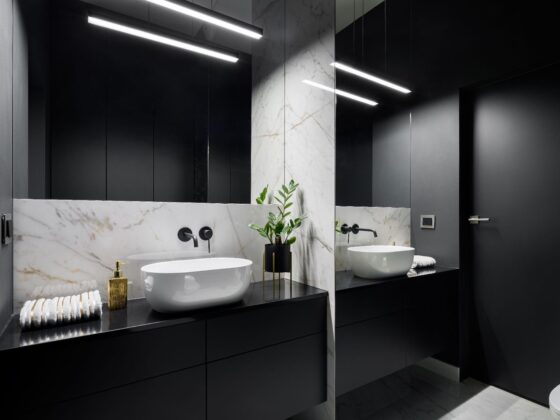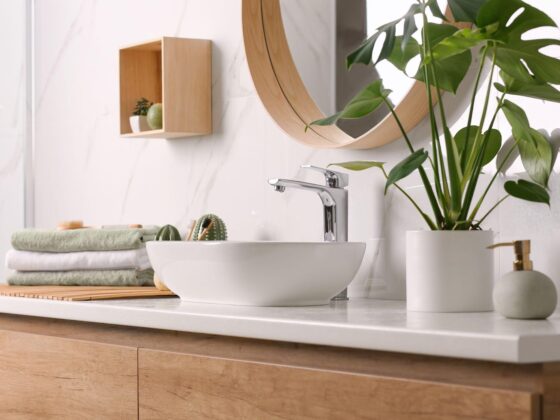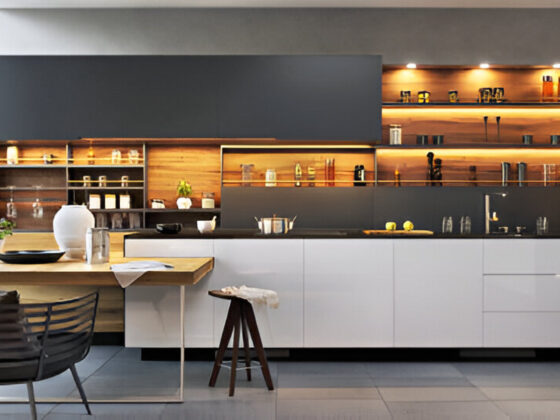Introduction:
In the heart of every kitchen, a range hood plays a vital role in maintaining a fresh and comfortable cooking environment. From getting rid of cooking odors to improving air quality, a well-chosen range hood can transform your kitchen space. In this blog, we first learn about what is a convertible range hood, dig into the wonders of convertible range hoods, and explore their functionality, installation process, and the myriad benefits they bring to your kitchen.
What is a Convertible Range Hood?
A convertible range hood is a versatile kitchen ventilation appliance that offers flexibility in its installation and functionality. It is designed to cater to various ventilation needs by providing the option to operate as a vented (ducted) or ductless system. In the vented configuration, the range hood expels cooking fumes and odors outside through a duct system. In the ductless mode, the hood uses filters to trap grease and odors, recirculating purified air back into the kitchen. This adaptability makes convertible range hoods an excellent choice for kitchens with different layouts or those where duct installation may be challenging. The ability to switch between vented and ductless configurations allows users to customize the range hood to suit their specific cooking space and ventilation requirements.

Ventilated Hood:
A ventilated hood, also known as a vented or ducted hood, operates by channeling cooking byproducts, such as steam, grease, and odors, outside the kitchen through a duct system. The process involves a fan within the hood drawing in air laden with cooking emissions, pushing it through a filter to trap grease particles, and then expelling the purified air outside. Ventilated hoods are highly effective in maintaining optimal indoor air quality by removing pollutants directly to the exterior.
Pros: Ventilated hoods excel in efficiently removing cooking byproducts by expelling them outside, ensuring optimal indoor air quality. They are highly effective at eliminating odors, grease, and smoke, making them suitable for kitchens with heavy cooking demands. Ventilated hoods are often quieter since the noise generated is directed outside.
Cons: Installation can be more complex and costly due to the requirement for an external duct system. The need for ductwork limits placement options, and homes without existing ducts may require modifications for installation.
Non-Ventilated Hood:
In contrast, a non-ventilated hood, often referred to as a ductless hood, doesn’t rely on an external duct system. Instead, it employs filters to capture grease and other particles from the cooking fumes. Once filtered, the cleaned air is recirculated back into the kitchen. While ductless hoods are generally easier to install, they require periodic filter replacement to maintain their efficiency. They are a suitable choice for kitchens where installing a duct system might be impractical.
Pros: Ductless or non-ventilated hoods are easier to install since they do not require an external duct system. They offer more flexibility in terms of placement, making them suitable for various kitchen layouts. These hoods are often more cost-effective initially.
Cons: Filter maintenance is essential for optimal performance, requiring periodic replacement. While they capture grease and odors effectively, the recirculation of air back into the kitchen may not provide the same level of ventilation as vented hoods.

Convertible Hood:
A convertible hood offers the flexibility to operate in both ventilated and non-ventilated modes. This adaptability allows users to choose between venting the cooking emissions outside or using the ductless option, depending on their kitchen setup and ventilation requirements. Convertible hoods are an excellent choice for those who appreciate the versatility of easily switching between configurations to suit their specific cooking needs.
Pros: Convertible hoods combine the best of both worlds, allowing users to switch between ventilated and non-ventilated modes based on their kitchen’s layout and ventilation needs. This adaptability makes them versatile and suitable for a range of cooking scenarios.
Cons: The flexibility of convertible hoods may come with a higher upfront cost. In some cases, they might not be as powerful as dedicated vented or ductless hoods since they need to balance both functions. The decision to switch modes might require manual adjustments or additional components.
How to Install a Convertible Range Hood:
Installing a convertible range hood involves a few essential steps:
- Remove Old Hood: If replacing an existing hood, uninstall it carefully.
- Purchase New Hood: Choose a convertible range hood that suits your kitchen’s style and ventilation requirements.
- Disassemble Components: Uncover the fan and filter beneath the hood cover for easy cleaning and maintenance.

Is a range hood above your stove really necessary?
Yes, a range hood above your stove is essential for a variety of reasons. It effectively removes cooking byproducts such as grease, smoke, and odors, maintaining cleaner and healthier indoor air quality. The hood also prevents the buildup of harmful pollutants on surfaces, protecting your kitchen and home. Additionally, it contributes to a more comfortable cooking environment by reducing excess heat and improving overall ventilation.
Ducted vs. Ductless Range Hood Features:
Size: Ducted hoods often have a larger size to accommodate the duct system, while ductless hoods may come in more compact designs.
Noise Levels: Ducted hoods tend to be quieter since the noise is directed outside, whereas ductless hoods might produce slightly more noise due to recirculation.
How Does a Convertible Range Hood Work?
- Configurable Modes: A convertible range hood is designed with the flexibility to operate in both vented (ducted) and non-vented (ductless) configurations. This adaptability allows users to choose the mode that best suits their kitchen layout and ventilation needs.
- Vented Operation: In vented mode, the range hood functions similarly to a ventilated hood. It captures cooking byproducts, such as grease, smoke, and odors, and expels them outside through an external duct system. This configuration is highly effective in maintaining optimal indoor air quality.
- Ductless Operation: Switching to ductless mode, the hood utilizes filters to trap grease particles and other contaminants. Purified air is then recirculated back into the kitchen, providing a convenient option for kitchens where installing an external duct system may be challenging or impractical.
- Manual Adjustments: Users can manually switch between the vented and ductless configurations based on their cooking activities and kitchen requirements. This manual adjustment feature enhances the versatility of the convertible range hood.
- Versatile Ventilation: The convertible design caters to various cooking scenarios, ensuring efficient ventilation regardless of the kitchen’s unique layout. This versatility makes it an ideal choice for those seeking adaptability in their kitchen ventilation system.
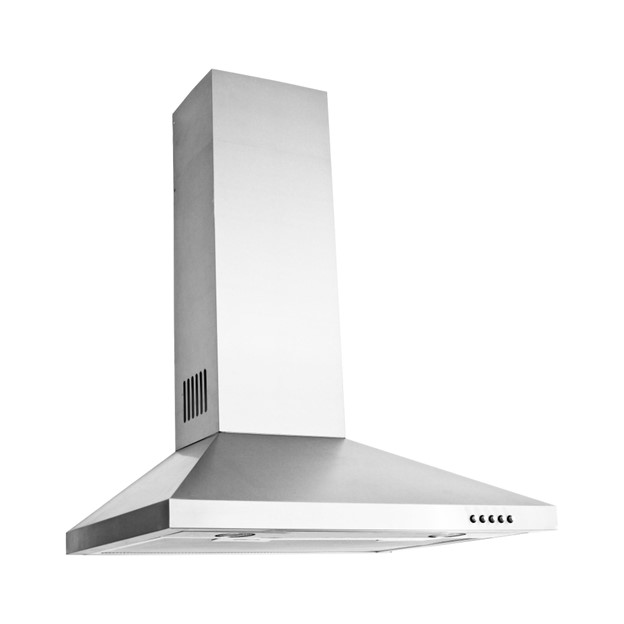
What is the difference between ducted, ductless, and convertible range hoods?
The main difference between ducted, ductless, and convertible range hoods lies in their ventilation mechanisms. Ducted range hoods, also known as ventilated hoods, expel cooking byproducts outside through an external duct system, ensuring efficient removal of grease, smoke, and odors. Ductless range hoods, on the other hand, use filters to capture these byproducts and then recirculate cleaned air back into the kitchen. Convertible range hoods offer a unique hybrid approach, allowing users to switch between ducted and ductless configurations based on their kitchen’s layout and ventilation requirements. This adaptability makes convertible hoods a versatile choice for those seeking flexibility in their kitchen ventilation system.
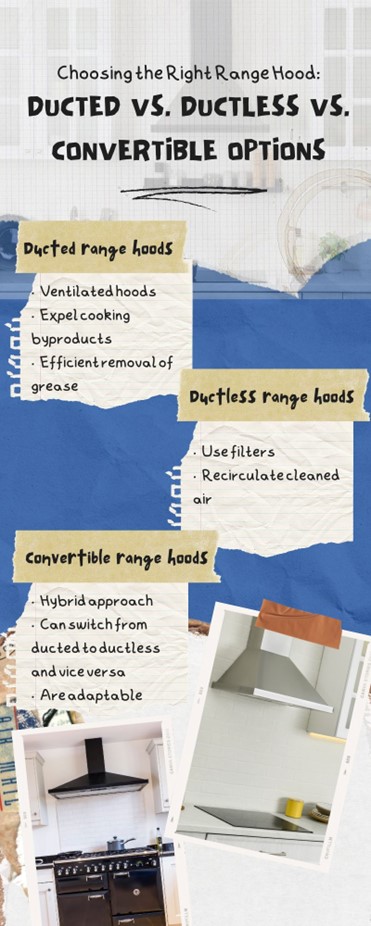
What are the Benefits of a Convertible Range Hood?
Flexibility: Adapt your range hood to your kitchen’s layout effortlessly.
Efficient Odor Removal: Enjoy effective elimination of cooking odors and smoke.
Improved Air Quality: Ensure a healthier kitchen environment with enhanced ventilation.
Better Kitchen Comfort: Convertible range hoods contribute to a more comfortable cooking environment by efficiently removing heat, smoke, and odors, ensuring an enjoyable and fresh kitchen atmosphere.
Protects Your Kitchen: These hoods act as a protective barrier, preventing the accumulation of grease and cooking byproducts on surfaces and cabinetry, thus preserving the cleanliness and longevity of your kitchen.
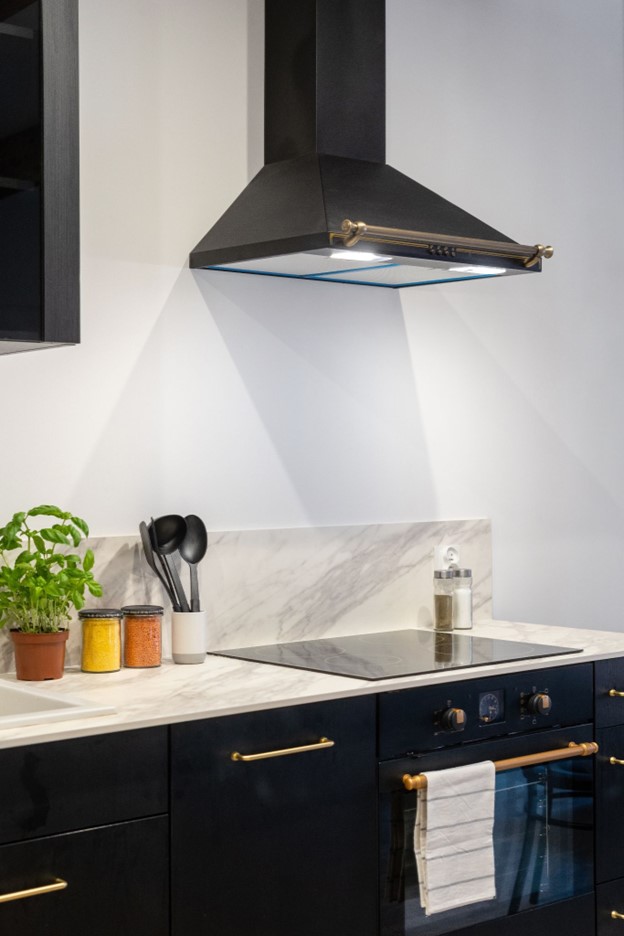
Easy to Install: Offering versatility without the complexities of extensive installations, convertible range hoods are comparatively easy to install, providing a convenient solution for various kitchen layouts.
Available in a Huge Range of Styles: Whether your kitchen aesthetic leans towards modern, traditional, or eclectic, convertible range hoods come in a diverse range of styles, ensuring there’s a design to complement any kitchen decor.
Conclusion:
In conclusion, a convertible range hood emerges as the epitome of kitchen convenience, offering flexibility, efficient ventilation, and improved air quality. Whether you opt for ducted or ductless, the versatile design of convertible hoods caters to your unique cooking space, ensuring a comfortable and fresh atmosphere every time you step into the kitchen. Upgrade your kitchen experience with a convertible range hood – embrace versatility and freshness today!

